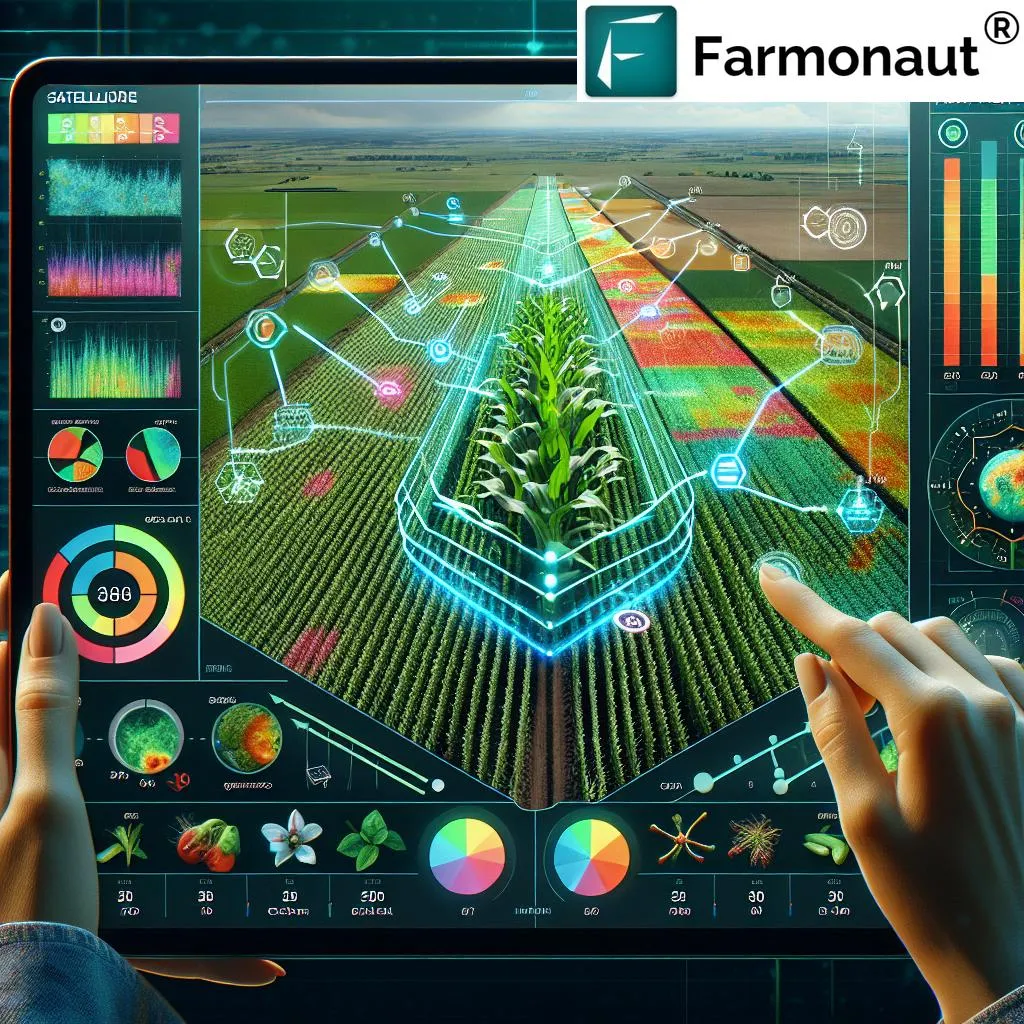In the heart of China’s Shaanxi Province, a groundbreaking approach to maize mapping is taking root, promising to revolutionize agricultural monitoring and potentially reshape the energy sector’s reliance on biofuels. At the forefront of this innovation is Haoran Yan, a researcher from the College of Mechanical and Electronic Engineering at Northwest Agriculture and Forestry University. Yan and his team have adapted a technique originally designed for speech recognition—Time-Weighted Dynamic Time Warping (TWDTW)—to model crop growth with remarkable precision, even under limited ground sample conditions.
The challenge Yan’s team tackled is a familiar one in agricultural remote sensing: how to extract the most relevant information from satellite imagery to accurately map crops. Traditional methods often rely on full-season data or empirically selected features, which can introduce redundant information and increase computational complexity. “We wanted to optimize the process,” Yan explains. “By systematically selecting the most informative features at each observation time, we can improve the performance of TWDTW and make it more efficient.”
The team focused on maize, a staple crop with significant implications for the energy sector due to its use in biofuel production. Using Sentinel-1 and Sentinel-2 images, they developed a two-step strategy to identify the optimal multi-source time series features for distinguishing maize from non-maize crops. This involved analyzing twelve spectral bands, vegetation indices, and microwave backscatter coefficients collected during the maize jointing to tasseling stages.
The results were impressive. TWDTW outperformed traditional supervised temporal machine learning models, with improvements in user accuracy and producer accuracy for the years 2020 and 2021. Moreover, the optimized approach reduced computational costs to just 25% of those driven by the full-season scheme. “This is a significant advancement,” Yan notes. “It allows us to achieve high accuracy with less data, which is crucial for large-scale crop mapping tasks.”
The team produced maize maps of Yangling District from 2020 to 2023, with overall accuracies consistently above 90%. The average relative error between the maize area extracted from remote sensing images and that reported in the statistical yearbook was a mere 6.61%. These findings, published in the journal ‘Remote Sensing’ (translated as ‘遥感’ in Chinese), provide a robust method for improving the performance of TWDTW in large-scale crop mapping, particularly under conditions of limited sample availability.
The implications for the energy sector are substantial. Accurate maize mapping can enhance the monitoring of biofuel feedstocks, ensuring a reliable supply for biofuel production. This, in turn, can contribute to the stability and sustainability of the bioenergy sector, a critical component of the renewable energy mix.
As the world grapples with the challenges of climate change and energy security, innovations like Yan’s offer a beacon of hope. By leveraging advanced remote sensing techniques and machine learning models, we can optimize agricultural practices and support the transition to a more sustainable energy future. Yan’s work is a testament to the power of interdisciplinary research and the potential of technology to transform our understanding of the natural world.
In the coming years, we can expect to see further developments in this field, as researchers build on Yan’s findings to refine and expand the applications of TWDTW. The journey towards sustainable agriculture and renewable energy is long and complex, but with each breakthrough, we move one step closer to a greener, more resilient future.

